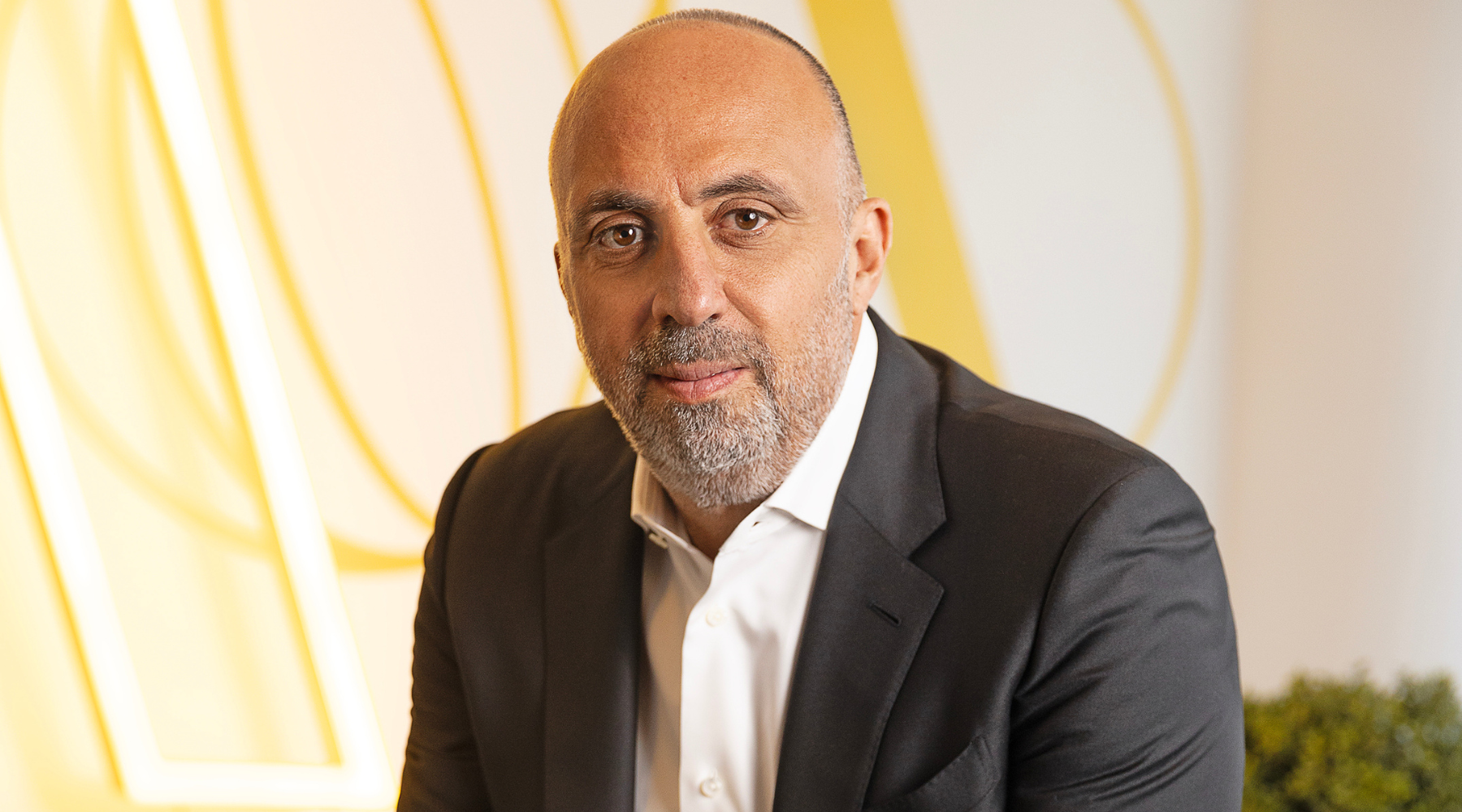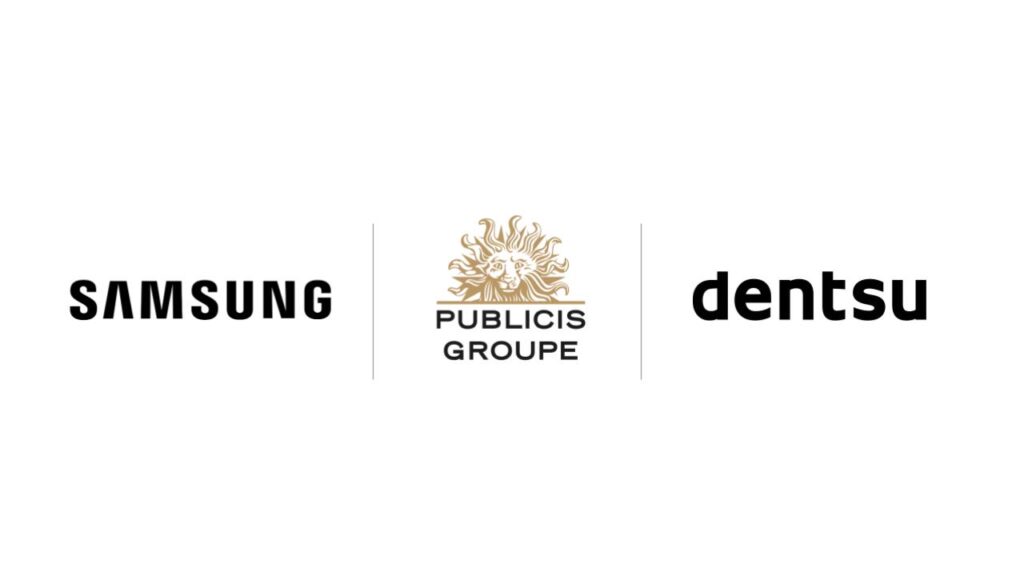
Image Above: Reda Raad, CEO of TBWARAAD Middle East
In the ever-changing world of advertising agencies, a significant transformation is taking place — an evolution in culture that is reshaping how creativity is fostered and utilized. It’s safe to say that agencies are stepping into a new era, prompting a reconsideration of the factors influencing creativity: the where, the how, and, most importantly – the individuals shaping it. This metamorphosis calls for striking a delicate balance — preserving the core that defines agency culture while addressing longstanding challenges that have lingered in its shadows.
The post-pandemic era certainly brought about a massive shift in leaders’ mindset when working with demanding clients, with an elevated concern for employee well-being. Executives in advertising agencies are now opening doors to more flexible and inclusive work policies. In conversation with Reda Raad, CEO of TBWARAAD Middle East, we delve into the true definition of building a rewarding and sustainable agency culture — one that is able to help agencies deliver innovative and creative work.
Tell us a little about what it takes as a leader to build an effective agency culture, and what foundational skills a leader needs to embrace when spearheading an organization in a constantly evolving industry.
Leading an agency or business is a 24/7 responsibility, accompanied by its unique challenges. Being attuned to various factors is crucial — whether internal dynamics, external influences, political nuances, or financial considerations. Navigating this complex landscape requires a leader to manage a diverse dashboard of organizational facets.
At TBWARAAD, we pride ourselves on being a disruption company. Disruption isn’t just a mindset for us; it’s a behavior ingrained in our daily operations. This disruptive approach allows us to craft brand platforms, identify whitespace, manage complexity, inspire creativity, and drive business growth. Disruption, at its core, defines our culture. Beyond disruption, our culture is characterized by what I term “restlessness.” We are always operating in beta mode – eager to experiment with new initiatives. Some may succeed, others may not, but we don’t dwell on setbacks; instead, we maintain a continuous pursuit of improvement. The overarching goal is to cultivate a competitive culture within our organization.
How would you define agency culture? How do you ensure the intentional creation of a unique employee experience aligns seamlessly with TBWARAAD’s cultural values?
I want to clarify that culture is sometimes misunderstood. For us, it’s a unique and also a competitive advantage. It’s tangible; people come in, experience, and talk about our distinctive culture.
For me, culture isn’t about beanbags, pool tables, or foosball machines — those are elements of the environment. Our culture revolves around consistently creating disruptive platforms for our clients, a relentless pursuit. We come day in and day out to serve our partners and their brands, unlocking a greater share of the future and fostering growth.
We need to distinguish between culture and environment. We must be mindful of the difference between the both. The focus should be on setting expectations for our employees while creating an environment that aligns with our culture. Today, we aim to craft the most exciting employee experience, recognizing that a stimulating, motivating, and challenging environment translates into greater outputs. We also spend a lot of time familiarizing our workforce with our values as an organization. It's a linear equation: happy and motivated employees produce better results, leading to satisfied clients and, ultimately, improved financial performance.
What initiatives or policies do you have in place to prevent burnout among creatives and advertisers who often face demanding deadlines and expectations?
I don’t claim to have all the answers, nor do I have a magic formula. I want to avoid overpromising or sensationalizing what we’re doing. We’re experimenting with various initiatives, acknowledging the challenges of our industry marked by crazy deadlines, complex internal structures, and client issues. The stress is real, and leaders in this sector should be able to empathize with their people and understand the corporate world’s occasional detachment from industry realities. As leaders, we need to be in tune with the pulse of the industry. It’s not always warm and fuzzy, One initiative we recently launched is called ‘Pause to Recharge.’ We aim to reduce stress practically by avoiding client meetings and emails between 1-2 PM and after 6:30 PM. During these times, it's the employees' lunch break and rest time.
Next in line is the no work on weekends unless approved by me. We’ve also collaborated with our clients on this initiative, emphasizing the importance of protecting our employees’ time to reduce burnout, anxiety, and stress. Surprisingly, many of our clients have embraced this initiative, understanding its potential benefits in enhancing employee output.
Another policy we have introduced is of remote work benefit, allowing employees to work from anywhere in the world for up to four weeks, in addition to their month-long holiday.
Recognizing the value of in-person collaboration, we’ve also adopted a four-plus-one model — four days in the office and one day working remotely. These initiatives aim to create an environment that prioritizes employee well-being, understanding that a rested and motivated team ultimately leads to better results.
I would love to extend an invitation to all the other agencies in the region to consider adopting initiatives similar to these. I believe we owe it to our people, and it’s our responsibility to take care of our people and nurture their talent.
How do you suggest agencies foster a culture of constant inspiration and innovation, especially working in an industry that demands fresh and creative ideas?
I’ll answer this in two parts. Firstly, there needs to be a clear understanding of the overall requirements. For us, the critical focus is on the outputs — specifically, producing disruptive platforms. We encourage debates, questions, and challenges to achieve these outputs. It’s vital for individuals working at TBWARAAD, or any agency for that matter, to be clear on the expectations regarding creative output.
Breaking it down, innovation for us begins with disruption, a trademark creative process that involves imagining and manifesting in reality. Embracing change, exploring new opportunities, and making disruption a mantra is inherent in our creative culture.
Second, to foster this culture at our agency, we engage in various activities such as quarterly rewind sessions, where we review and share best practices. Weekly creative breakfast sessions allow us to share creative inspirations from around the world. Monthly sessions and workshops led by our teams keep us updated on the latest trends. Our most recent one, for instance, focused on generative AI – exploring the tools and mastering the art of prompt engineering.
These activities keep the creative juices flowing and instill a collaborative culture among various departments working on a single project.
How do you suggest agencies nurture their young talent? The Gen Z and Millennials venturing into MENA’s creative industries are constantly on the lookout for opportunities that fulfill their demands. We’re also witnessing a trend among agencies in the region to poach young talent from their competitors. What value can agencies today provide to their youngest employees, wanting them to stay?
This is an interesting topic because it involves several aspects. Firstly, we need to make our industry attractive enough to young talent. I believe it’s our collective responsibility to ensure the industry remains as exciting as possible. By collectively producing amazing work and building a collaborative culture, we contribute to the industry’s allure. Initiatives like those we’ve discussed – enhance the appeal for younger talent with different expectations.
There’s a challenge for the industry to work together to maintain its excitement and relevance. In this region, we’ve done well in attracting the best talent, despite occasional doubts on the decline of advertising and the rise of consultancies. The reality is that the industry is strong, and the big players, including consultancies, have thrived. As leaders, we need to reinforce our belief in the industry’s excitement, preach it, and live it so that talent continues to be drawn to it.
Now, regarding talent retention, particularly for young talent, I’ll share a possibly controversial perspective — employee turnover is okay. While excessive turnover might not be ideal, a certain amount can be healthy. It brings in fresh ideas and maintains a dynamic mix within agencies. However, there should be efforts to create a compelling proposition to encourage talent to stay longer. This involves understanding their needs, being empathetic, and personalizing programs. At TBWARAAD, we actively listen to our talent through stay interviews, exit interviews, and one-on-one sessions. We adapt our programs based on their feedback, focusing on areas like communication and transparency. Small adjustments, such as increasing the frequency of agency town hall meetings or delivering news, both good and bad, in real-time, demonstrate that we value and listen to our young talent. We also prioritize creating clear career growth opportunities, and being transparent about career paths, finding that the more transparent and clear we are, the longer they tend to stay.
What role do diversity and inclusion play in fostering a genuinely positive agency culture?
I believe that the most extraordinary ideas spring from a rich mixture of minds, backgrounds, and experiences. Diversity isn’t just a talking point; it’s the very cornerstone of our identity at TBWA RAAD. We continue to innovate our recruitment process to reduce bias, implementing changes in how we source and interview talent. Focusing on establishing a diverse and inclusive recruitment funnel, our recruitment is carried out across a broad pool of talent from different countries and industry sectors beyond advertising.
Our focus is on building a diverse and inclusive culture that fosters a sense of belonging and connectedness for our talent at every level of the agency. As a result, we've achieved a significant rise in the gender mix of our leadership team, with 40% of women in department leadership roles, up from 30% last year. We're also working on expanding our learning offerings with leadership development programs aimed at equipping our managers with the knowledge and skills to be inclusive leaders who promote inclusive behaviors and work practices within their teams, providing a sense of belonging for all team members.
How can C-suite leaders effectively be involved in driving their agency’s culture?
As the leader of an organization or agency, involvement is a given — it’s part of the job. However, how one evolves in that role varies from person to person. In my experience, leading with empathy and demonstrating genuine care are crucial elements for driving agency success. Listening is equally important. Spending time with the leadership team and department heads ensures alignment and progress.
There's no one-size-fits-all approach, and leaders need to find what makes sense to them. Authenticity, care, inspiration, and the ability to anticipate challenges – contribute to effective leadership. Being able to identify potential issues, like spotting an iceberg, and charting a course around it is a significant aspect of leadership. Inspiring teams, clarifying the vision, staying true to organizational values, and making the right hires are all integral to the role of a leader in creating a cohesive and successful team.
This piece was first published in Communicate's inaugural Best Places to Work 2023 issue.





